As you progress in snowboarding, choosing the right board for your style and riding goals becomes increasingly important—but just as crucial is selecting the right binding.
Bindings are the only connection between your snowboard and boots, so the way you choose them directly affects how quickly the board responds and how easily you can control it.
Salomon is a world-renowned French snowboard brand known not only for its high-quality boards but also for its highly rated bindings. Many snowboarders are unsure whether to invest in Salomon bindings—and for good reason.
Since Salomon produces boards, boots, and bindings as an integrated lineup, their products are designed for exceptional functionality and fit balance.
In this article, we—active Class-A certified snowboard instructors—will carefully introduce our top recommended Salomon bindings, organized by rider level and riding style.
We’ll also explain key points on how to choose bindings and why your choice matters, so if you’re struggling to decide, this guide is for you.
Why Is Choosing the Right Binding So Important?
Before we dive into our recommended Salomon bindings, let’s first look at why binding selection is so critical in snowboarding.
Bindings serve as the only bridge connecting your “board” to your “boots (your body).”
In other words, they are the link that transmits your movements precisely to the board.
Choosing the wrong bindings can lead to a number of problems—let’s break it down.
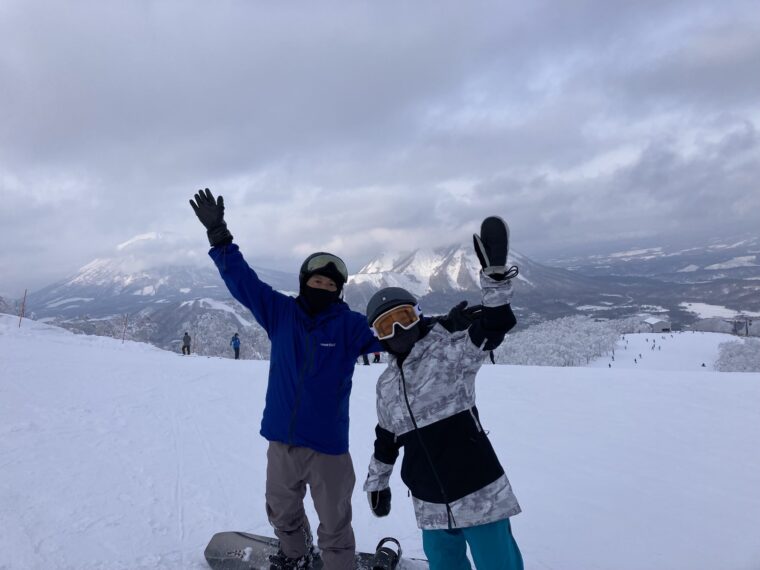
1. It Affects Your Board Control
If the flex (stiffness) or fit of your bindings doesn’t suit you, your movements won’t transmit well to the board, making turns and tricks harder.
For example, if you’re aiming to master carving but use overly soft bindings, your power will dissipate, making it difficult to maintain stable edge control and slowing your progress.
2. It Impacts Fatigue and Foot Pain
Bindings that don’t fit properly or fail to hold your feet firmly force you to use unnecessary effort while riding, putting extra strain on your legs.
Using ill-fitting bindings can make you tire faster, cause foot pain, and limit how long you can ride—especially on rough terrain.
3. It Increases the Risk of Injury
If your bindings lack adequate hold or don’t match your riding style, your feet may twist unnaturally, increasing the risk of sprains or falls.
To stay safe, choosing the right bindings for your body and riding needs is essential.
4. It Even Affects How Much Fun You Have!
When bindings don’t fit well or don’t match your riding style, your movements feel awkward and unresponsive.
You might start thinking, “This isn’t fun anymore,” or “I’m not improving even though I’m practicing,” which can lead to frustration.
This is especially true for beginners, who often don’t realize that their gear—not their skill—is holding them back. That’s why careful binding selection is key.
What Makes Salomon Bindings So Highly Rated?
Many snowboard instructors, including us, swear by Salomon bindings. Some pros even refuse to use anything else.
So, what makes them so special?
Salomon bindings are known for:
Lightweight construction and excellent responsiveness
The unique ShadowFit system for seamless boot integration
Versatility across powder, park, and carving
Heel cup shapes that reduce drag even at high edge angles
The ShadowFit technology allows the heel cup to flex naturally, giving you greater range of motion and smoother, more comfortable riding—especially during carving.
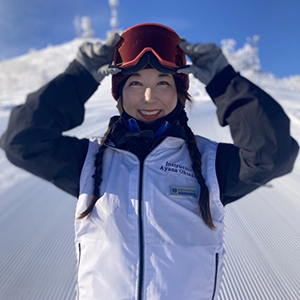
Personally, I find Salomon bindings fit my boots best and make me feel secure when riding.
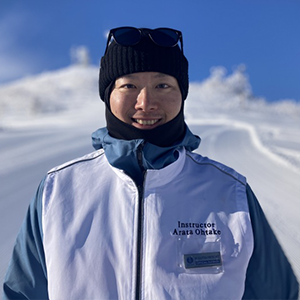
I love Salomon bindings so much that I use them on all my boards—both for teaching and for personal riding!
Key Points When Choosing Bindings
Now let’s look at how to choose the right bindings for your skill level and riding style.
Bindings don’t just connect your boots to your board—they play a vital role in control, comfort, and safety.
Keep the following points in mind when shopping.
1. Check the Flex (Stiffness)
Flex refers to how stiff or soft a binding feels. There’s no universal “best” flex—it depends on your level and riding goals.
Soft Flex: Ideal for beginners or freestyle riders who enjoy ground tricks. Easy to maneuver and less fatiguing.
Medium Flex: A balanced, all-round option. Great for intermediate riders who want to enjoy both carving and freestyle.
Stiff Flex: Recommended for advanced riders who prioritize responsiveness, carving precision, and speed.
2. Check the Size Compatibility
Bindings come in sizes (e.g., S, M, L).
If you’re mixing brands between boots and bindings, always check compatibility before buying to ensure a proper fit.
3. Choose Your Binding Type
There are three main binding systems: strap type, quick-entry, and step-in/step-on.
Each has different strengths—let’s compare.
Strap Type
The most common and standard style.
It uses two straps: a toe strap and an ankle strap, providing secure hold and stability.
They’re reliable, widely available, and easy to adjust.
If you’re unsure, you can’t go wrong starting with strap-type bindings.
Quick-Entry Type
These allow you to insert your boot from the back and lock the highback upright.
Intermediate and advanced riders appreciate the quick setup.
However, they can be less secure and are less common. Since they’re designed for standing entry, they’re not ideal for beginners who often sit to strap in.
Step-In / Step-On Type
A one-touch system that locks in simply by stepping onto the binding.
This is Burton’s signature system—extremely convenient once you’re used to it.
4. Check the Strap Design
Within strap-type bindings, there are different strap shapes and materials:
Toe Strap: Can be cap-style (wraps the toe) or over-the-top style.
Ankle Strap: The padding thickness and flexibility greatly affect comfort and hold.
Choose based on how snug and easy to fasten you like your bindings.
5. Examine the Heel Cup Structure (Salomon’s Specialty)
Salomon’s ShadowFit design uses a flexible heel cup that moves naturally with your foot.
This gives you greater mobility, comfort, and fatigue resistance—perfect if you value a natural riding feel.
6. Check Disk Compatibility
Most Salomon bindings fit standard snowboard mounting systems, but they may not be compatible with Burton’s EST (Channel) system.
Always check your board’s mounting pattern before purchasing.
Recommended Salomon Bindings by Skill Level
Now for the main event—our curated list of the best Salomon bindings by skill level and style.
1. Salomon RHYTHM
Level: Beginner to Intermediate
Price: ¥20,000–25,000
Features: Soft flex for easy control and comfort—perfect as a first binding.
Best for: Freeride, Park
2. Salomon VENDETTA
Level: Beginner to Intermediate (Women’s Model)
Price: ¥23,000–26,000
Features: Designed for women’s anatomy with lightweight comfort and stylish design.
Best for: Freeride, Freestyle
3. Salomon DISTRICT
Level: Intermediate to Advanced
Price: ¥30,000–35,000
Features: Equipped with ShadowFit for freedom and responsiveness. Popular among freestyle riders.
Best for: Freestyle, Freeride
4. Salomon HOLOGRAM
Level: Intermediate to Advanced
Price: ¥37,000–42,000
Features: Excellent balance of flexibility and response—versatile and loved by many.
Best for: All-Mountain, Backcountry
5. Salomon HIGHLANDER
Level: Advanced to Expert
Price: Around ¥45,000
Features: Ultra-light and highly responsive, ideal for carving and high-speed riding.
Best for: Carving, High-Speed Freeride
Even Better with Salomon Boots
Salomon bindings pair perfectly with Salomon boots for maximum performance and comfort.
To fully benefit from ShadowFit’s flexibility, a well-matched boot is essential—so if you’re undecided on boots, consider getting both from Salomon.
Summary
Salomon offers a wide range of bindings suitable for everyone from beginners to experts.
By choosing based on your skill level, riding style (carving, freestyle, powder, etc.), and your current board/boot setup, you can significantly improve your comfort and control on the slopes.
Enjoy a more comfortable, stylish, and responsive ride this season with Salomon bindings!
At Samurai Snow Concierge, we not only share our top Salomon gear recommendations but also provide tips on snowboard technique and gear selection.
If you have any questions about snowboarding, feel free to reach out to us—your friendly active Class-A snowboard instructors—anytime.
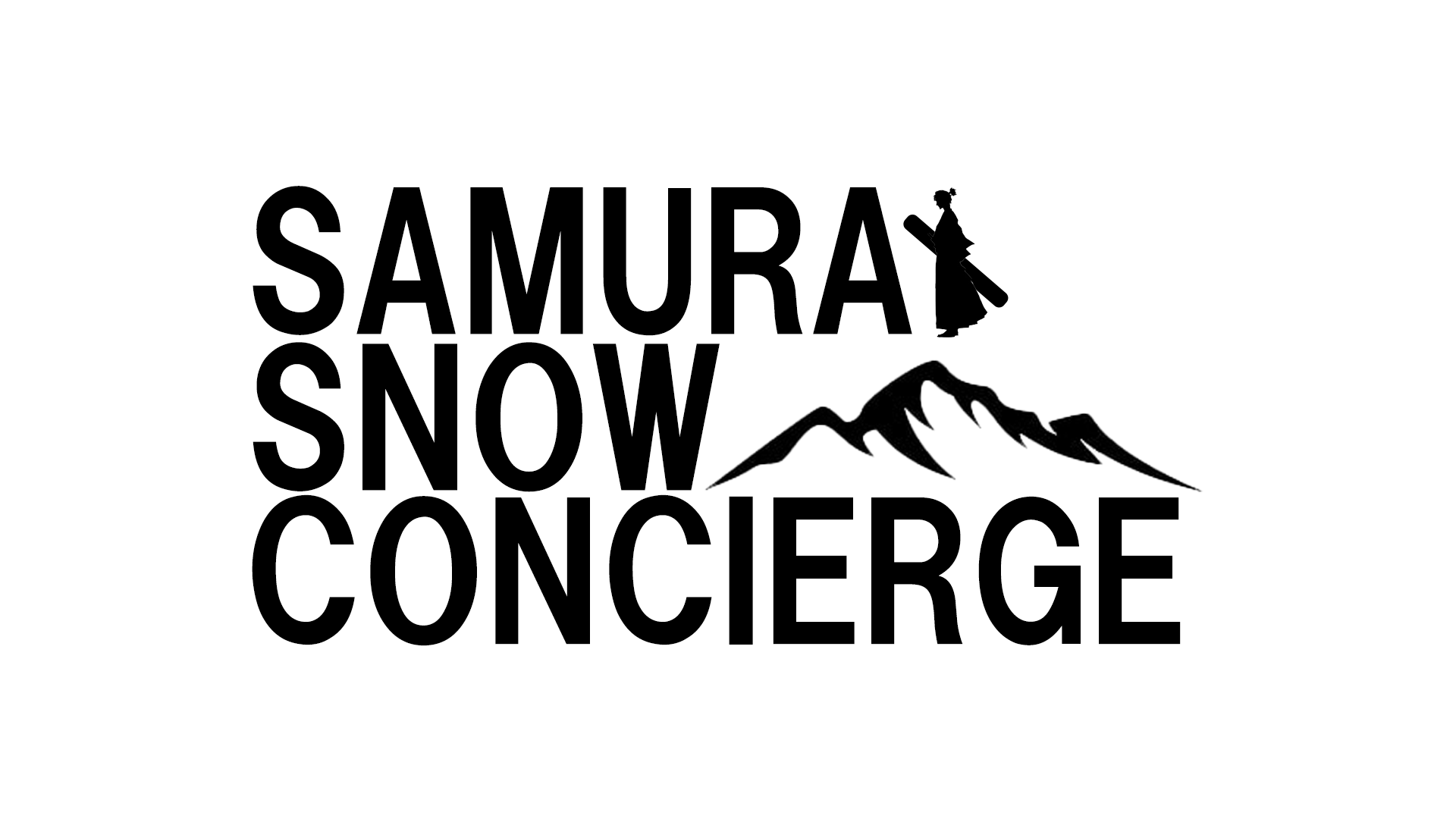
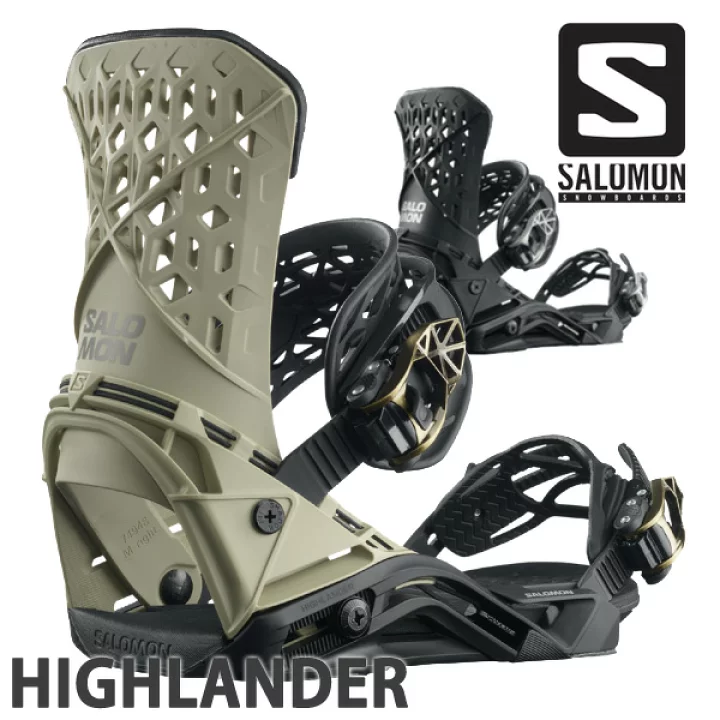











コメント